Price elasticity of demand (PED) is a measure of how much demand for a good or service changes based on the change in price of that same good or service. In other words, if the price of the good increased, would demand for that good stay the same, would demand increase or would demand decrease? Understanding this relationship is crucial for financial analysts or any business professional.
Key Highlights
- Price elasticity of demand is a measure of how much demand for a good or service changes based on the change in price of that same good or service.
- A good is considered to have elastic demand if the percentage change in price leads to a larger percentage change in quantity demanded. Basically, consumers are relatively sensitive to changes in price.
- A good is considered inelastic if the percentage change in price leads to a smaller percentage change in quantity demanded. In this case, consumers are relatively insensitive to price changes.
What is the Price Elasticity of Demand Formula?
Price Elasticity of Demand = % Change in Quantity Demanded / % Change in Price
Where:
- % Change in Quantity Demanded: This is the percentage change in the amount of goods or services that consumers are willing to purchase. It’s calculated as New Quantity/Old Quantity – 1.
- % Change in Price: This is the percentage change in the price of a good or service. It’s calculated as New Price/Old Price – 1.
One thing to consider is that price elasticities of demand are always negative since price and quantity move in opposite directions on the demand curve. However, when we discuss elasticities, we always discuss them as positive numbers. Therefore, mathematically, we need to take the absolute value of the calculation.
Interpreting the Price Elasticity of Demand
Elasticity can be described as elastic, inelastic, or unitary elastic.
A good (or service) is considered elastic if the elasticity formula results in a value greater than 1. In this case, the percentage change in price leads to a larger percentage change in quantity demanded. In other words, consumers are relatively sensitive to changes in price.
A good is considered inelastic if the elasticity formula results in a value less than 1. Mathematically, this means that the percentage change in price leads to a smaller percentage change in quantity. In other words, consumers are relatively insensitive to price changes.
A good is said to be unitary (or unit) elastic if the percentage change in price leads to an equal percentage change in demand. Mathematically, the elasticity of demand formula returns a 1. Unitary demand is fairly rare.
How to Calculate Price Elasticity
Let’s look at some examples of calculating PED.
Assume that gasoline prices increase from $3.50 per gallon to $4.50 per gallon. This represents an approximate 29% increase in price. Further, assume that demand decreases by 10%. This results in a price elasticity of 0.3 (10%/29%). Since the result of this calculation is less than 1, the good is considered inelastic.
Now let’s assume that the price of a luxury sports car decreases by 5%. In turn, the demanded quantity increases by 15%. This results in an elasticity of 3 (15%/5%), which is considered highly elastic. Please note that these examples are hypothetical and not necessarily representative of actual elasticities for these goods.
Factors that Impact Elasticities
The elasticity of demand for products will vary depending on a number of factors including the availability of substitutes, the necessity of the product, the proportion of income spent on the product, as well as the time period.
- The greater the number of substitutes, the more elastic the demand will be. This is because consumers can easily switch to a different but similar product if the price of the original product increases. If there are not many substitutes, then the demand will be relatively inelastic.
- The necessity of the product also impacts the elasticity. Necessary goods and services will have inelastic demand since they are required for everyday use. If goods are not necessary, then they will exhibit relative elasticity.
- The proportion of income spent on the product impacts elasticity as well. Basically, if someone spends a lot of income on a specific good, the demand for that product is generally more elastic. Conversely, if a product represents a small fraction of a person’s income, the demand tends to be less sensitive to price changes, making it more inelastic.
- An example of an elastic product in this case would be the cost of housing. Since the cost of housing normally represents a significant portion of a person’s income, a change in the price of housing can lead to substantial changes in behavior. An inelastic product with this factor would be toothpaste, which is relatively inexpensive and would continue to be used even if the price increased quite a bit.
- The time period also affects elasticity. For example, gasoline has an inelastic demand over the near term as consumers will have to pay the price in order to travel. However, over a longer time period, consumers may be able to switch to a hybrid vehicle, so any increase in gasoline price might be offset by the more fuel-efficient hybrid.
Examples of Products with Elastic and Inelastic Demand
- Products with elastic demand: An example of a product with elastic demand would be luxury goods like designer clothes or expensive cars. These products are not necessities, and consumers can easily decide not to purchase them if the price increases. There are also plenty of luxury goods, so substitute products can be easy to find. Additionally, luxury goods normally take up a greater proportion of a person’s income, increasing the elasticity of these products.
- Products with inelastic demand: Products with inelastic demand would be basic food items like bread or salt, as well as gasoline and medicine. These products are essentially necessities with little ability to substitute should prices increase, at least over the near term. Many necessities also consume a lower proportion of a person’s income, making these products relatively inelastic.
Limitations of Elasticity of Demand
The price elasticity of demand, like any analytical tool, has some limitations and is impacted by various factors, including:
- Ceteris Paribus assumption: Elasticity calculations usually rely on the assumption that all other factors remain constant (known as ceteris paribus). In reality, this is rarely the case since multiple variables can and do change simultaneously.
- Availability of Data: Reliable data on quantities sold and actual prices is necessary for calculating elasticity accurately. However, in many cases it’s quite difficult to actually find this data.
- Time Horizon: As mentioned previously, elasticity can vary between the short term and long term. Short-term elasticity estimates may not be applicable to long-term scenarios (or vice versa).
How is the Price Elasticity of Demand Related to the Law of Supply and Demand?
Elastic demand ties directly to the demand curve, which graphically represents the relationship between the price of a good and the quantity. The steeper the demand curve, the more inelastic the demand. In contrast, a flatter demand curve indicates more elastic demand.
The price elasticity of demand also impacts the supply side of the market. Suppliers need to understand the demand elasticity for their products in order to set the optimal price. Suppliers might be able to raise prices for inelastic goods, whereas a price increase for elastic goods would potentially reduce sales.
The Importance of Understanding Elasticity for Businesses and Policymakers
Understanding price elasticity of demand is necessary for both businesses and policymakers because it impacts decision-making and formulating public policy. Below are some examples of how price elasticity is important for both groups.
- Pricing strategy: Elasticity helps businesses determine the optimal pricing of their products and services. As an example, businesses that face elastic demand might avoid high price increases, since elasticity implies that consumers would likely significantly reduce their consumption. Conversely, for goods with inelastic demand, businesses might be able to increase prices without losing much demand, potentially increasing total revenue.
- Resource allocation: Understanding which products have elastic or inelastic demand can help management properly allocate resources to product development. For example, companies might invest more in marketing and improving products that are inelastic in order to generate more stable sales.
- Market entry: Elasticity analysis can help companies decide whether to enter new markets by evaluating the demand elasticity of potential customers in different regions or socioeconomic segments.
- Tax policy: Elasticity can be used by policymakers about the potential effects of taxing certain goods or services. Taxes on an inelastic good like gasoline are likely to generate higher revenue with less decline in consumption. In contrast, taxes on elastic goods might lead to a significant reduction in consumption, resulting in lower tax revenue.
- Regulatory decisions: Regulators need to understand how price regulations might impact the market and consumers. Elasticity can be used to predict whether regulatory decisions will lead to changes in consumption.
- Economic planning: Elasticity projections can help policymakers with fiscal and monetary policy. For example, understanding how fuel price changes affect consumer behavior and transportation costs can help in formulating policies that can promote economic stability and growth.
Other Types of Elasticities
Income Elasticity of Demand
Income elasticity of demand measures the relationship between the consumer’s income and the demand for a certain good. It may be positive or negative, or even non-responsive for a certain product. The consumer’s income and a product’s demand are directly linked to each other, dissimilar to the price-demand equation.
Positive income elasticity is typically associated with normal goods, where demand increases as income increases. An example of this would be electronics, where the demand increases when a consumer’s income increases.
Negative income elasticity is associated with inferior goods, where demand decreases as income increases. An example of an inferior good is generic brand groceries. These groceries are staples that are typically offered at a lower price compared to similar brand-name products. When people’s income increases, they may opt for the more expensive brands.
Cross-Price Elasticity of Demand
Cross-price elasticity measures how the demand for one good changes in response to a change in the price of another good.
A positive cross-price of elasticity indicates the presence of substitutes since the increase in the price of one good increases the demand for a different good. An example of this would be airline tickets. If one airline decides to raise the price of a round-trip ticket, consumers will likely notice the difference and purchase tickets from a cheaper, different airline.
A negative cross-price of elasticity indicates the presence of complementary goods. An example of a complementary product is an eBook reader. If the price of an eBook reader drops, the consumption of eBooks and audiobooks will increase because more consumers can afford the reader.
Price Elasticity of Supply
A similar concept to PED is the price elasticity of supply (PES). In this case, PES measures how much of a good or service is supplied relative to a change in the price. The key difference is that the price elasticity of supply is focused on the supply side instead of the demand side.
The price elasticity of supply formula is essentially the same as the PED formula, but the numerator is the percentage change in quantity supplied instead of demanded.
Price Elasticity of Supply = % Change in Quantity Supplied / % Change in Price
Like demand, elasticity of supply can be described as elastic or inelastic. A good is elastic if the PES formula is greater than 1 and inelastic if the result is less than 1.
A supply-elastic good is typical where production can be increased or decreased relatively easily in response to changes in price.
Inelastic supply often happens with goods that require a long time to produce or where there are resource limitations.

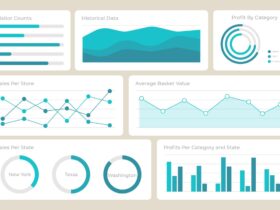
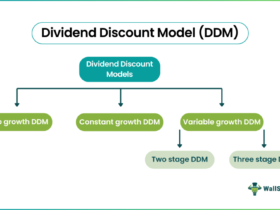














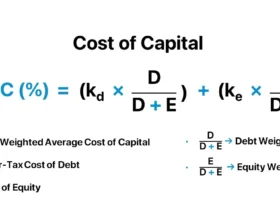

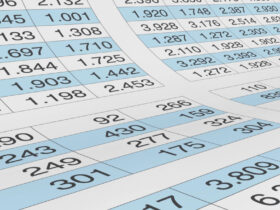
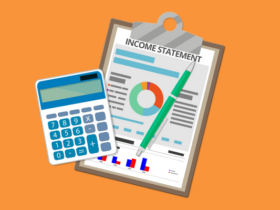

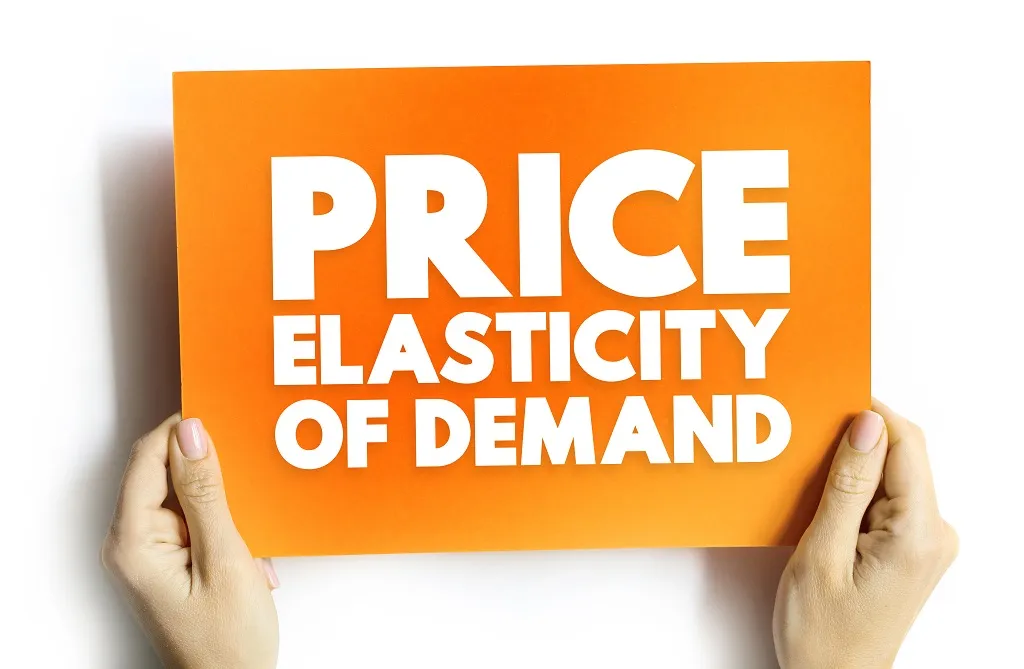


The formula for price elasticity is useful. It is dividing percent change in demand by percent change in price. The examples make it clear.
This article helps me understand that price elasticity of demand shows how much demand changes when price changes. It is important for businesses.
I now know products like luxury cars are elastic because people stop buying them if prices rise. Necessary items like bread are inelastic.
I learned that elastic goods mean people buy less when prices go up, and inelastic goods mean people still buy even if the price is high.
The part about policymakers using elasticity for taxes and planning was interesting. It shows how this concept affects many decisions.
Great explanation! I love how clear everything is. It makes learning about economics fun!
Wow, this is so interesting! I never thought about how much price changes can impact what we buy. Thanks for the insights!
This article is very helpful! I didn’t know about elastic and inelastic demand before. Now I feel smarter!
I really enjoyed reading this! It helps me understand how prices affect what we buy. Thank you for sharing!
I don’t think the title of your article matches the content lol. Just kidding, mainly because I had some doubts after reading the article. https://accounts.binance.info/en-IN/register-person?ref=UM6SMJM3
Your article helped me a lot, is there any more related content? Thanks!
Your article helped me a lot, is there any more related content? Thanks!
Thank you for your sharing. I am worried that I lack creative ideas. It is your article that makes me full of hope. Thank you. But, I have a question, can you help me?
Can you be more specific about the content of your article? After reading it, I still have some doubts. Hope you can help me.
Thanks for sharing. I read many of your blog posts, cool, your blog is very good.
Thank you for your sharing. I am worried that I lack creative ideas. It is your article that makes me full of hope. Thank you. But, I have a question, can you help me?
Thanks for sharing. I read many of your blog posts, cool, your blog is very good.
ezxe27
1bbvai
1ofbj9
Thank you for your sharing. I am worried that I lack creative ideas. It is your article that makes me full of hope. Thank you. But, I have a question, can you help me?
Your article helped me a lot, is there any more related content? Thanks!
Your article helped me a lot, is there any more related content? Thanks! https://www.binance.info/tr/register-person?ref=W0BCQMF1
I don’t think the title of your article matches the content lol. Just kidding, mainly because I had some doubts after reading the article.
I don’t think the title of your article matches the content lol. Just kidding, mainly because I had some doubts after reading the article.
Can you be more specific about the content of your article? After reading it, I still have some doubts. Hope you can help me.
I’m still learning from you, but I’m trying to achieve my goals. I certainly liked reading everything that is written on your blog.Keep the aarticles coming. I liked it!
hucom6